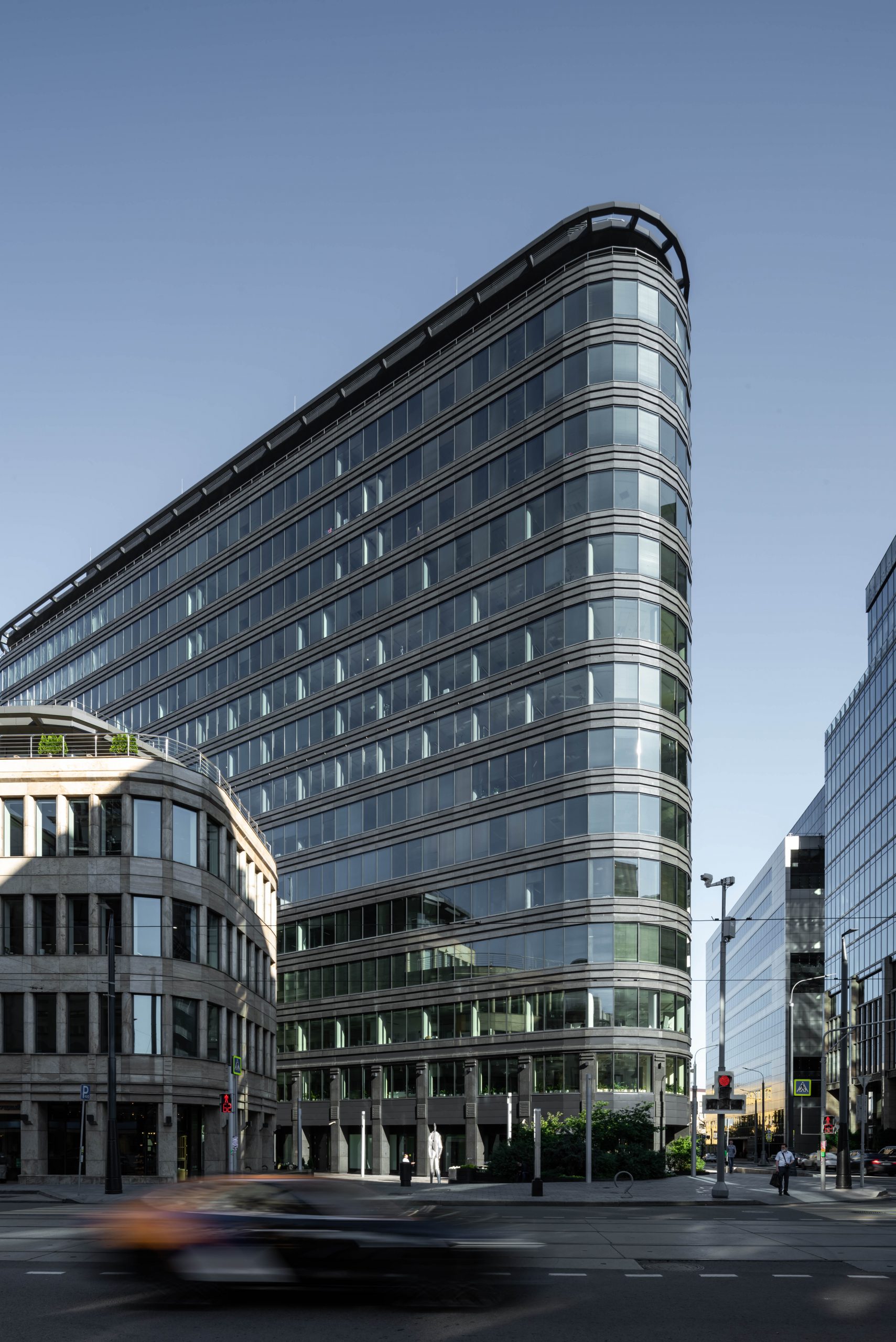Natalia Skachkova, commercial director of O1 Standard, explains the differences between management of class-A and class-B office buildings and what it has to do with the professionalism of the management company.
The first thing to say is that boundaries between buildings in classes A and B are increasingly blurred. Some new class-B buildings are approach class A, thanks to rapid advances in construction and engineering technologies. On the other hand, some class-A facilities, built over a decade ago, really belong in class B as regards quality of their engineering systems, and their architectural and planning solutions. But formally they are still in class A.
Roughly speaking, we can say that class A consists mainly of new buildings with sophisticated and modern engineering systems that require qualified specialists to manage them. Architecture and planning is usually superior in class A, and class-A buildings tend to have the best location and more amenities. For example, one of our facilities includes a kindergarten, and that required a rethink of how to use building and grounds, construction of a playground that didn’t’ take away from the architectural ensemble and business style of the building, as well as separation of user flows in and around the building.
Class A offers higher standards of hospitality and front-office communication with clients. Ideally, these should match the standards of five-star hotels: staff should be well-trained and ready to address any issue that a client brings.
Companies renting class-A buildings often work around the clock, and that entails various challenges for the management company. The company must have a service plan that ensures well-coordinated 24×7 operation of all its services (control room, security, duty team of engineers and technicians, etc.).
Another difference is that class-A buildings, particularly new ones, are more likely to be certified to environmental performance standards, so the management company needs special know-how to ensure compliance with the standards. That means responsible procurement policy, RSO, supply chain assessment (carbon footprint), a special schedule and procedure for equipment maintenance, etc.
However, none of these differences mean that a class-B building can be managed to lower standards than a class-A building. Class-B (especially B+) buildings are not much inferior to those in class A and someone who walks into two buildings that have similar décor,but are not in the same class, may not notice the difference, at least not immediately. Service quality and professionalism of management company staff is as important to tenants in class-B office buildings as to those in buildings of class A. Take, for example, this recent example: a potential client, a prominent developer working with class-B buildings, sent a representatives to see to see what service standards our Company provides in class-A offices (business etiquette, requirements for appearance and clothing, rules for business correspondence by staff of the management company, etc.).
O1 Standard applies the same requirements for the management of class-A and class-B business centres. All of our staff, from security guard to chief engineer, must be familiar with the requirements before they starting working for us. O1 Standard provides its services in 11 class-A business centres and three centres in classes B and B+.
IN BRIEF:
Class A
– Complex engineering, special qualifications of personnel.
– High standards of front-office (reception). Service should be similar to a high-quality hotel – unobtrusive, but clear, fast and with a smile.
– Amenities are often specific and require careful management.
– Use of latest technologies in manager-tenant interaction (digitalization, communication in remote and mobile format, services for tenant staff).
– Positive attitude to technology, readiness to perform non-standard tasks (installation of electric vehicle chargers, etc.).
– Class-A buildings often have a certificate of environmental performance, so the management company must know how to ensure that the building complies with green standards (separate waste collection, environment policy, responsible procurement, minimizing carbon footprint in the supply chain, etc.).
– Class-A buildings usually set higher requirements for maintenance of shared-use zones, separation of pedestrian and vehicle traffic, creation and maintenance of recreation zones, and landscaping.
Class B
A class-B building can be managed just as well as a building in class A. Management quality is one of the top-3 factors that companies consider when choosing where to locate their office, so building owners cannot afford to neglect it. How to do everything in a class-B building just as well as in a class-A building is a key challenge for management companies.



